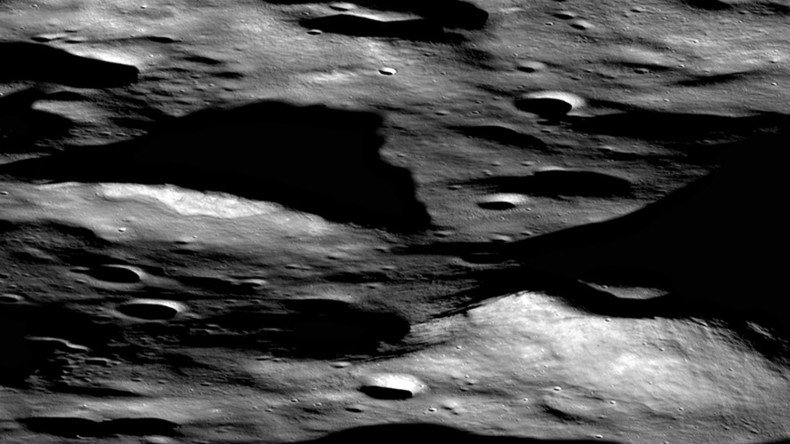Lunar volcanoes: New NASA images highlight volcanic activity on the moon

NASA has released incredible new footage of rarely seen volcanic activity on the surface of the Moon – and it may reveal why parts of Earth’s satellite shine so brightly.
Until 2014, scientists thought that the moon's volcanic activity ceased a billion years ago. But data from NASA's Lunar Reconnaissance Orbiter (LRO) suggested that lava flowed as recently as 100 million years ago, when dinosaurs still roamed the Earth.
A new view of rare volcanism on the Moon https://t.co/yslJrV8Ebtpic.twitter.com/ZvImvY75Ew
— NASA Lunar Orbiter (@LRO_NASA) June 22, 2017
Now new detailed images from the Orbiter’s LROC camera system are showing the remnants of volcanic activity on the surface of the moon. Feature like cones and domes on the surface are clear indicators that volcanic activity occurred in the area.
Measurements from the Orbiter’s Diviner Lunar Radiometer show evidence that the rocks are rich in silica –meaning they’re composed of hardened magma. This is supported by data from Apollo, Luna, and Chang’e-3 observations.
#Saturn’s spooky ‘#DeathStar’ moon captured in closest-ever NASA image https://t.co/DRFzMSH0v0#spacepic.twitter.com/MzYhtW6mcf
— RT (@RT_com) January 12, 2017
A statement on the Orbiter’s webpage explains that with high resolution reflectance, it is possible to estimate that the area is rich in silicic materials and has low levels of mafic minerals which are duller.
Comparisons carried out in the lab suggest it’s possible that the increased reflectance at this site on the moon’s surface is caused by the addition of up to 20 percent magma glass, spewed from volcanoes millions of years ago.
The reflective material may have formed when lava erupted explosively into the cold vacuum of space, and hardening into glass as it fell back to the lunar surface before minerals had time to crystallize. This process is known as a "pyroclastic” eruption.












